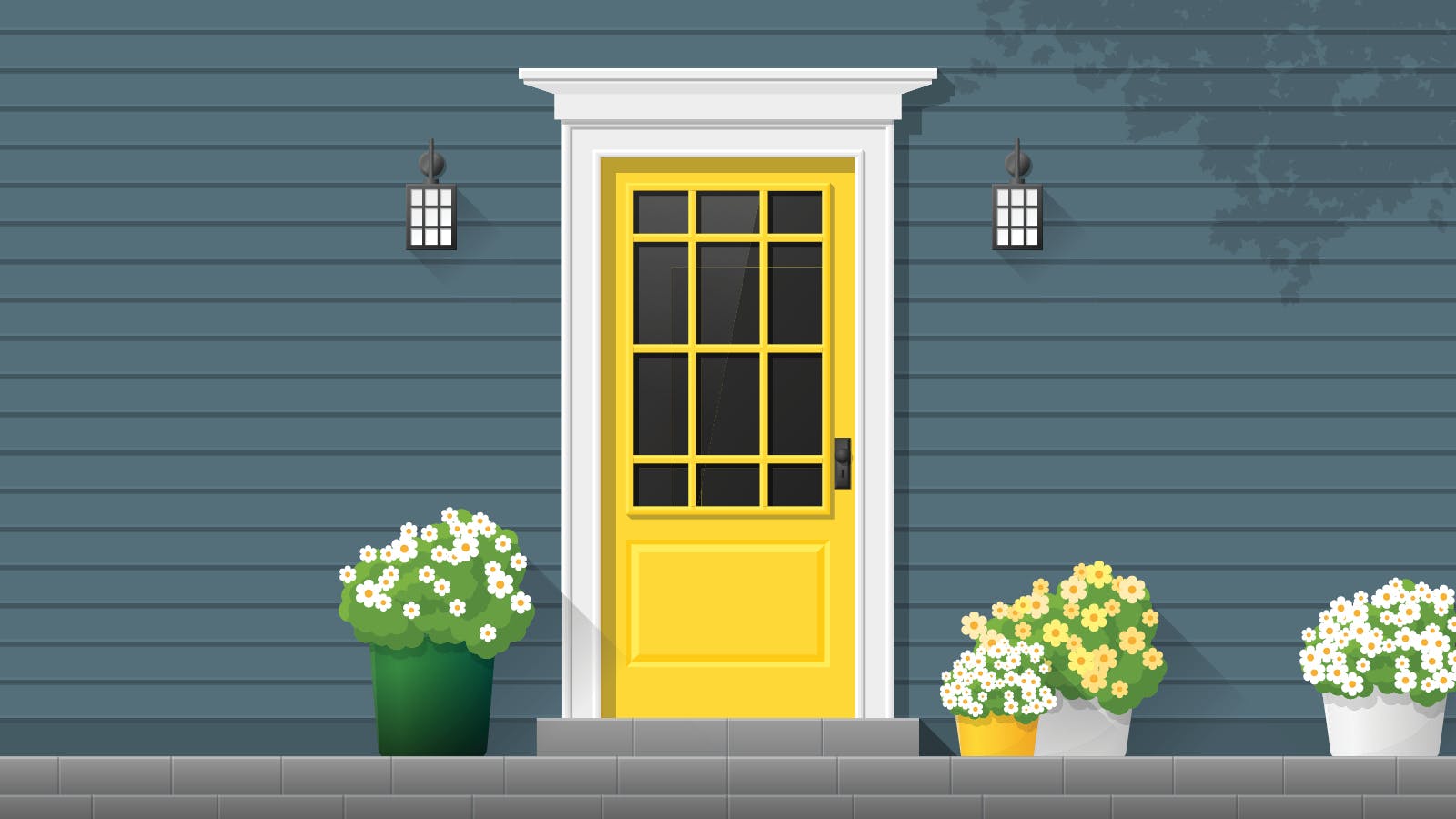May marks Asian Pacific American Heritage Month, a time to honor and celebrate the culture, traditions, and history of Asian Americans and Pacific Islanders (AAPI) in the United States. The AAPI community is made up of many diverse cultures, each with rich histories. These cultures and traditions can be seen in homes throughout the country and across the globe. From architecture to interior design, and textile art to illustration, Asian-Pacific American cultures are unique, creative and inspiring.
Armenia: Armenian homes are an important part of their culture, as they represent and bring together all of the different elements of Armenian traditions in one place. Traditional Armenian homes have chests, shelves with clay, copper, and wood, and elements include carpets, quilts and mattresses, and ancient utensils.
Bangladesh: Considered simple and functional, Bengali houses have little interior decoration, furniture is minimal, and families sleep on thin bamboo mats.
Cambodia: Traditional Cambodian homes are simple, functional structures made primarily of wood with walls constructed out of woven bamboo and roofs constructed out of clay or dried leaves.
Cook Islands: When invited to someone’s home, it is customary to bring a small gift for the host – and flowers, specifically leis, are common housewarming gifts and can be used to welcome people or say goodbye.
India: In India, the joint family is highly valued with three or four generations often living together in the same household. Traditional homes in India are built around a courtyard where are family activities revolve around.
Indonesia: Traditionally, Indonesian homes and furniture are built of wood and intricate carvings are seen on doors, chairs, walls, and even accessories such as picture frames. Since Indonesia is a tropical country, Indonesians embrace their environment by bringing plants and flowers indoors into their homes. Earthy tones, wicker ornaments, and Indonesia’s textile art of batik – characterized by variations of patterns, colors, and styles – is embraced in their home décor.
Japan: The Japanese place an emphasis on minimalism when it comes to their homes, creating an environment of elegant simplicity. Japanese culture is characterized by a love and respect for nature and believe the best way to maintain a connection with the natural world is to bring nature indoors – through plants, such as bonsai, or the use of wood and bamboo for furniture.
Philippines: The Philippines are islands rich in lush green forests, which provide an abundance of natural resources such as abaca, bamboo, straw, palms, and corals for building houses. Traditionally, Filipino homes were made out of bamboo and mangrove palms, also known as nipa, until the Spanish settled in the country and inspired European architectural elements. Today, Philippine home décor is characterized by high-pitched ceilings, wooden furniture, and woven home accessories.
Samoa: In Samoan culture and traditions, the importance of family surpasses that of the individual. Samoan culture embraces a communal way of living where houses do not have boundaries or walls, families stay together, and activities are performed in groups.
South Korea: With a traditional Korean house, called a hanok, both the position of the house in relation to its surroundings and the interior of the house are planned. Raw, natural materials such as soil, timber, and rock were traditionally used for constructing hanok because they do not cause pollution. Today, homes in South Korea have sleek lines and glossy exteriors to reflect a modern aesthetic.
Taiwan: Taiwan’s culture is family-oriented, and their home designs are well-known for their elegant minimalism. The Taiwanese believe that the proper location and orientation of a house can bring a family good fortune, and fengshui is often practiced. Charms are also strategically placed throughout the home, as do characters for longevity, happiness, and prosperity, which are often carved into wood screens or windows or painted on walls.
Thailand: Family almost always comes first in Thailand, and it is normal for extended families to live close to each other. If you are invited into someone’s home, an old custom the Thai follow is to step over the threshold, rather than on it. Some décor elements you may see in a Thai home are the use of elephants, a revered symbol in Thailand; the use of teak wood for windows, doors, interior wainscoting, furniture, or flooring; and colorful ceramics, as Thailand is well-known for its celadon and Benjarong pottery.
Vietnam: For the Vietnamese, it is important to create a Zen space and find order in chaos, so homes often have a minimalist design. Furniture is made from natural materials, usually Bamboo, which is popular in Vietnam, and accessories such as lanterns, pillow covers, or wall art is made from organic cotton and Vietnamese silk. Vietnamese homes usually incorporate earthy, neutral tones that are easy on the eyes and invoke nature.
Asian Pacific American Heritage Month reminds us all that cultures across the globe cherish the very same things: home and family. Each American brings their own cultural heritage into their homes and to our amazing country, expanding our viewpoints and enriching our communities.
Published on May 11, 2020


